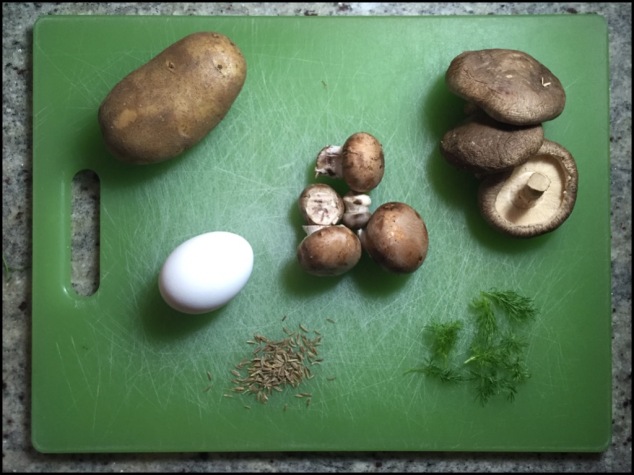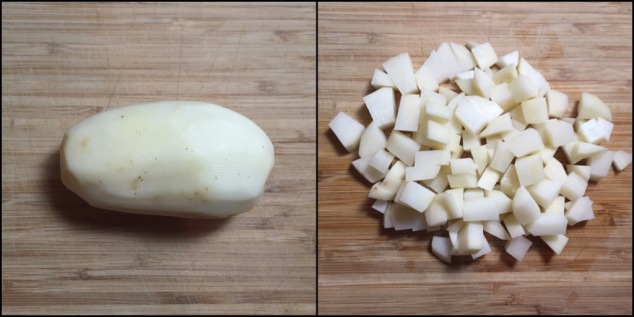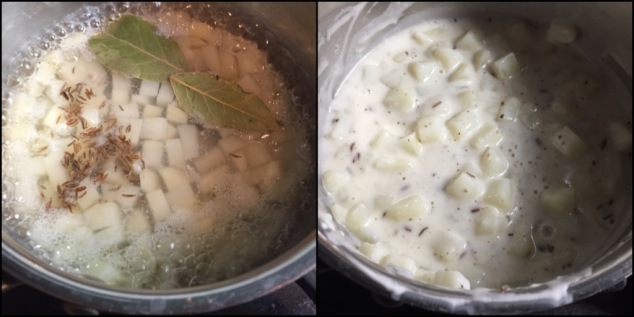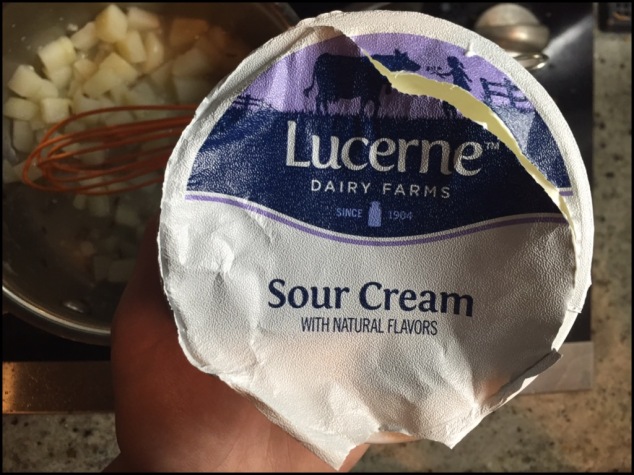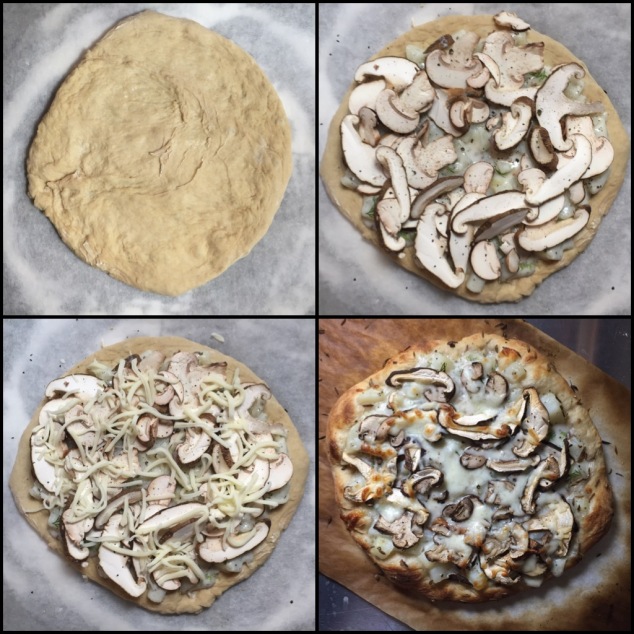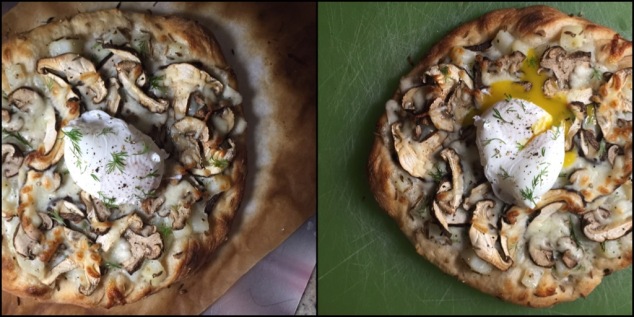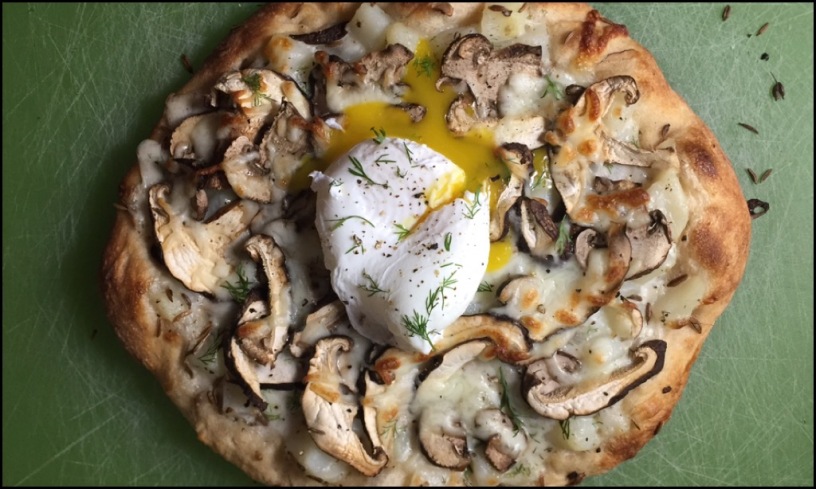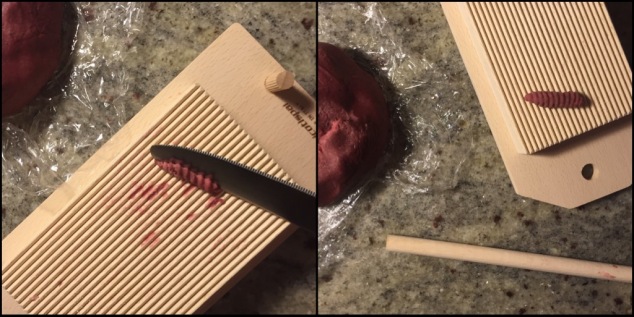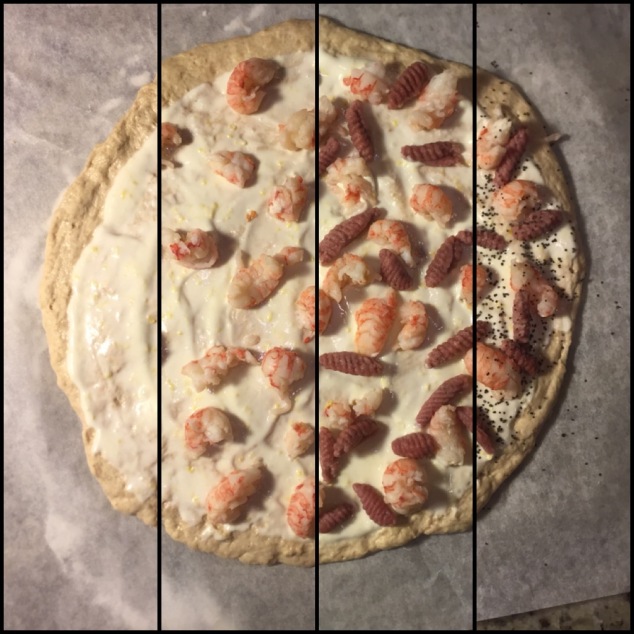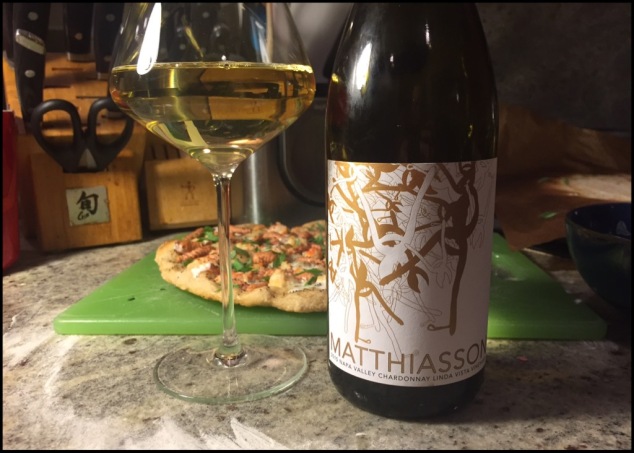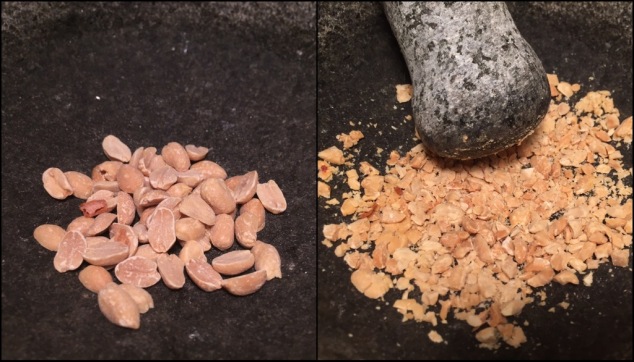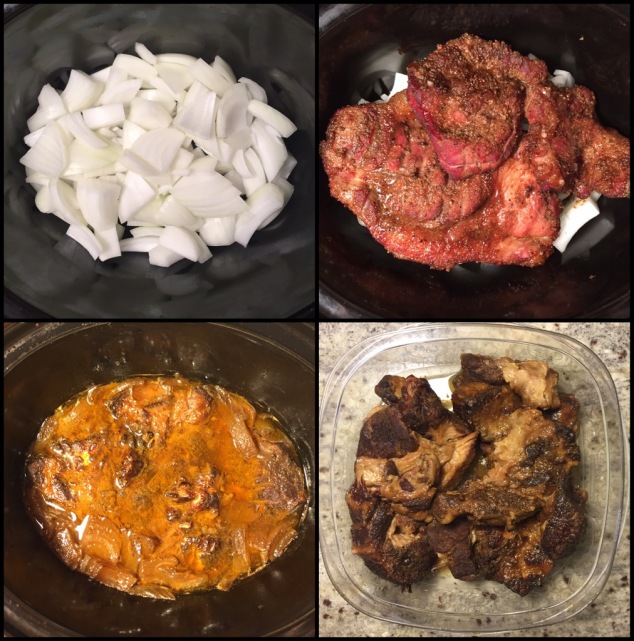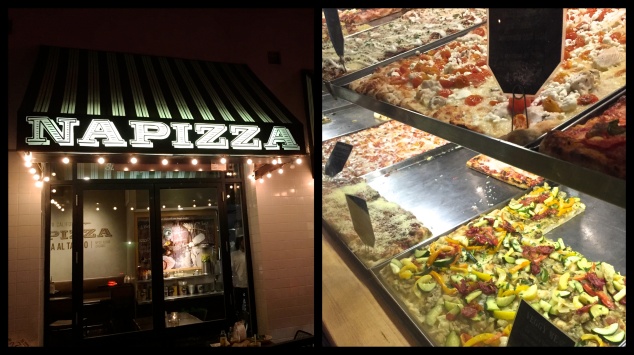This week’s challenge required a couple leaps of faith in the kitchen. To truly begin from scratch, as was encouraged, ingredients need to be sourced as whole and unprocessed as possible (and convenient). Since I already make my pizza dough and sauce at home, I had to push myself one step further and make the cheese and flour myself as well. Not only was I looking to make my own flour, but I was going to attempt at making it out of a whole branch of legume I actively avoid: beans.
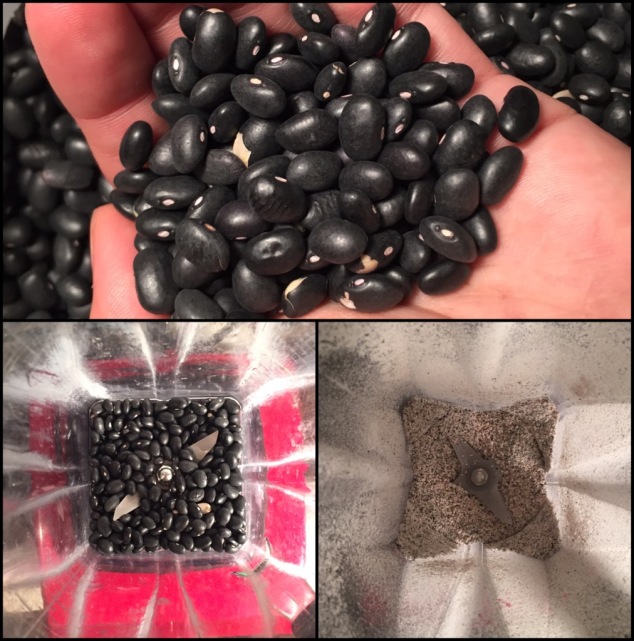
While I’ve kicked a solid 90% of my childhood food fears, all-not-green beans have a way of threatening my sanity through texture alone. When it comes to green beans, be they edamame, haricot verts or english peas, all is forgiven. Why? If reason was involved, I wouldn’t be scared of beans in the first place.

To combat this ridiculous fear, exposure is required. This challenge offered a way to experience a positive bean-eating experience without the horror of a chalky texture. Little did I know how frustrating a non-glutenous flour would be as a pizza base.
I took small batches of dry bulk black beans and blended the hell out of them in a Vitamix. The noise was simultaneously wretched. Earplugs were required to pulverize handfuls at a time for 30-40 seconds.

Next, I stupidly tried to raise the flour with a dose of yeast and warm water. Apparently, gluten is useful for capturing the carbon dioxide, hence allowing dough to puff up. Without that possibility, this ball of bean flour did very little else besides stare right back into the soul of my frustration and whisper how easy it would have been to choose a wheat berry base instead.

While ignoring the cursed bean flour stares, I boiled some whole milk and began a simple cheese making process that requires a little acid and patience. The acid that can be used in this situation can come in many different forms. While lemon juice and distilled vinegar were both options, citric acid

While more practice would likely reveal simple efficiencies of how to extract more curds from the whey, I was happy with what small amount of ricotta come of this quart of milk.

Rolling out a portion of dough from such a sticky, floam-like substance was a chore.

For the sauce, a classic pesto was made to command attention in both color and freshness.
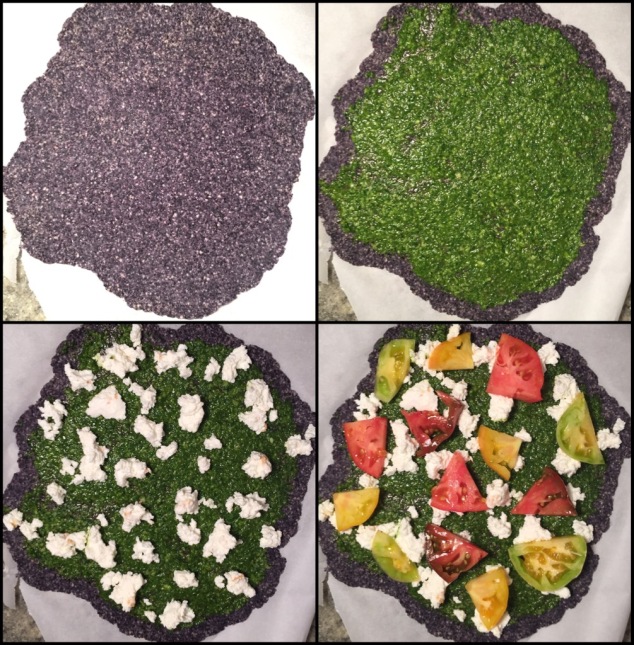
All but the assortment of heirloom tomato slices have been made “from scratch.”

The flavors and textures didn’t inspire any new ideals in pizza-making. The fact that it looked like pizza, could hold itself up like pizza and could even taste like pizza was an achievement in itself. Wine would help lubricate the illusion of greatness.

Premier Cru Chablis helped to cut through some of the funkier flavors presented in the mingling of the black bean crust and pesto. It doesn’t shy away from the bright and fresh juiciness of the heirloom tomatoes and provides a mineral complexity to distract the brain with delicious flavors as my body consumes a bite after bite of black beans.
